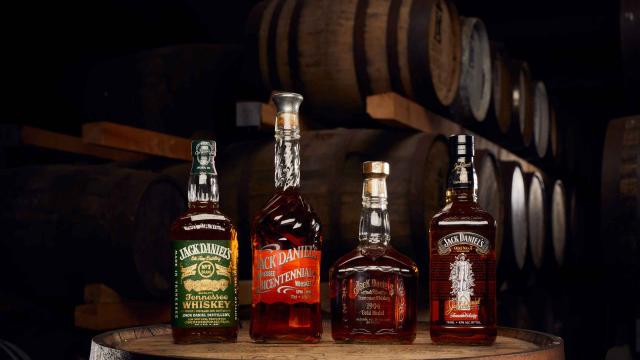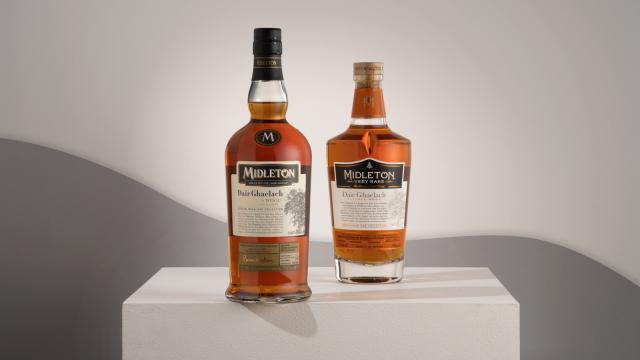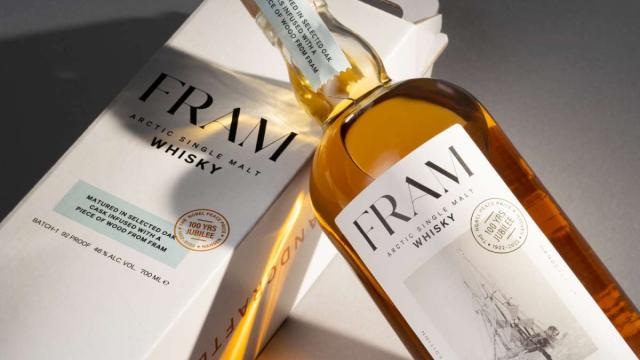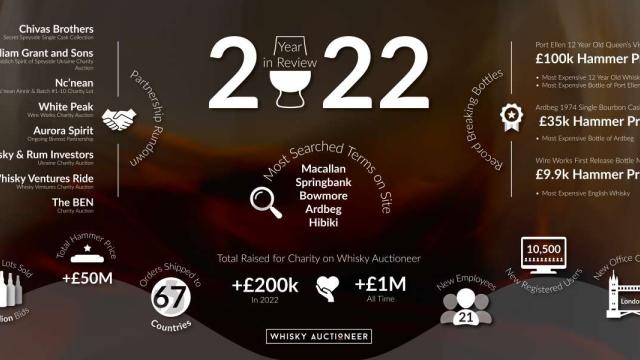Jack Daniel's: The Story Behind America's #1 Selling Whiskey Brand

The word ‘bourbon’ is synonymous with American whiskey, as is the state of Kentucky, and yet the nation’s best-loved brand shuns the bourbon categorisation and is produced in neighbouring Tennessee. Not only this, it exists in a dry state where only the distillery gift shop is permitted to sell its whiskey, and yet despite all of this, it became the biggest and best-selling brand in America.
The distillery was founded in 1866 by Mr. Jasper Newton Daniel, more commonly known as Jack. Jack left home at an early age and was taken in by a whiskey distilling preacher called Dan Call. Working on the Call Farm, he discovered a still and observing his intrigue, Mr. Call taught Jack everything he knew about the art of distilling whiskey. Or at least that had been the official company story until new information came to light that painted a very different picture. Today, we learn the story of an enslaved man called Nathan “Nearest” Green who in fact mentored Jack, working side by side, to teach the young distiller what would become his life’s passion. Today, we recognise Nearest’s role in creating America’s most famous whiskey brand.
In 1875, Jack legally registered a distilling business with Mr. Call, however he left shortly after this for religious reasons. Jack hired Nearest as his head distiller at the Jack Daniel distillery and to this day, there has always been a member of the Green family working at the Jack Daniel Distillery. In 1884, Jack purchased the hollow and land where the distillery is now located. Tennessee was an early adopter of Prohibition in 1910, and one of the last to repeal it in 1938. The distillery was then only operational for four years before being forced to close again during the second world war. Ten years later it was purchased by the Brown-Forman corporation and its fortunes turned for good. Brown-Forman made the brand a success by focusing on its simplicity. Until the launch of Gentleman Jack in 1988, the distillery had only two permanent products, the instantly recognizable black and green labelled Old No.7 Brand Tennessee Whiskeys. This fed into slick marketing, which used the image of Lynchburg to give the illusion of a small-town craft operation, later coupled with cool associations to rebellious youth culture, from Frank Sinatra and the Rat Pack in the 50s and 60s, to the greasers and rockers or the 70s and 80s. All of this was of course backed up by a quality product.
At Jack Daniel’s they don’t cut corners and the phrase “if you want a thing done well, do it yourself” is inherent in every step of their production, from acquiring their very own Cave Spring, to crafting their own charcoal and making barrels at their inhouse cooperage. Three days a week, three times a week, the distillery stack pallets of hard sugar maple, douse them in raw spirit and set it ablaze. This charcoal crafting is preparation for the next (and most important) step of the process in making Jack Daniel’s. Charcoal mellowing, nicknamed “the extra blessing”, is a practice known as the Lincoln County Process and is integral to creating the distinctive flavours that are today synonymous with the brand that Frank Sinatra once introduced on stage with the magical line, “Ladies and gentlemen, this is Jack Daniel’s, and it’s the nectar of the gods.”


